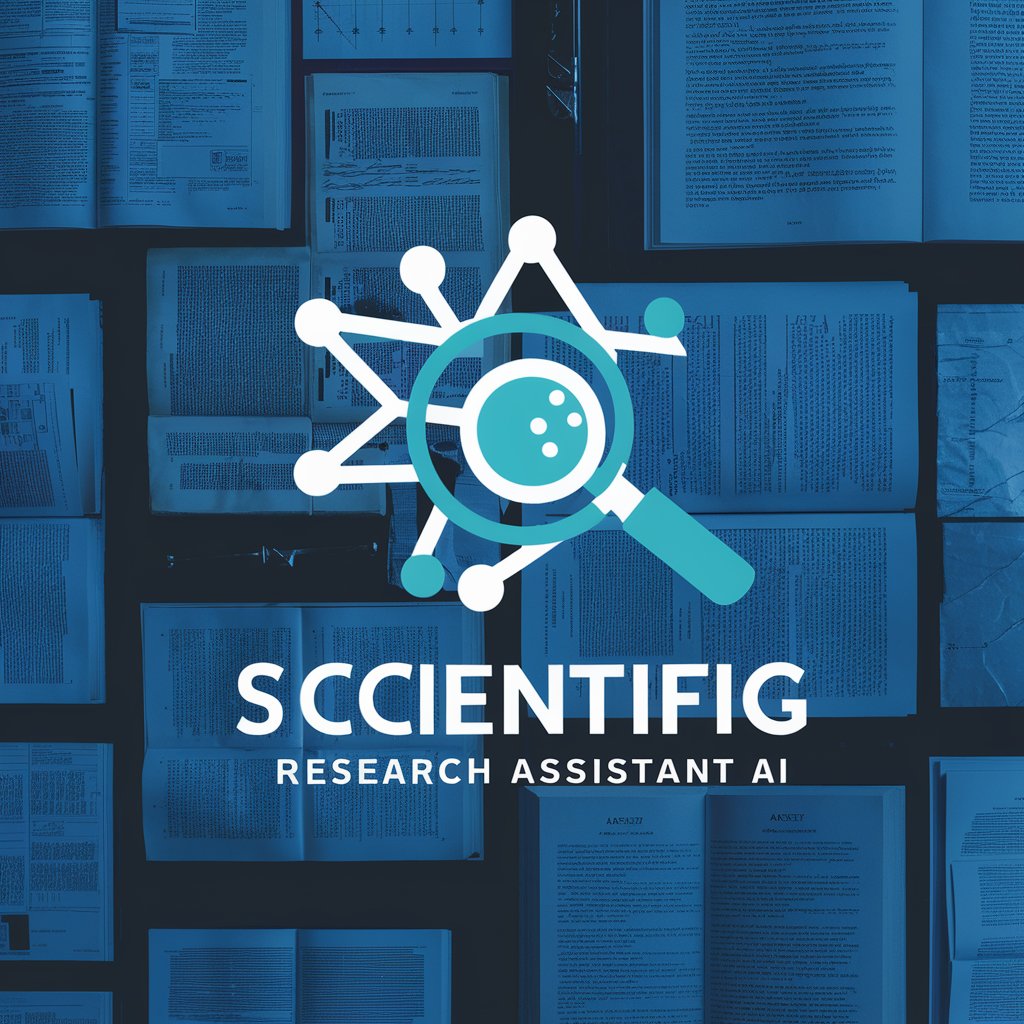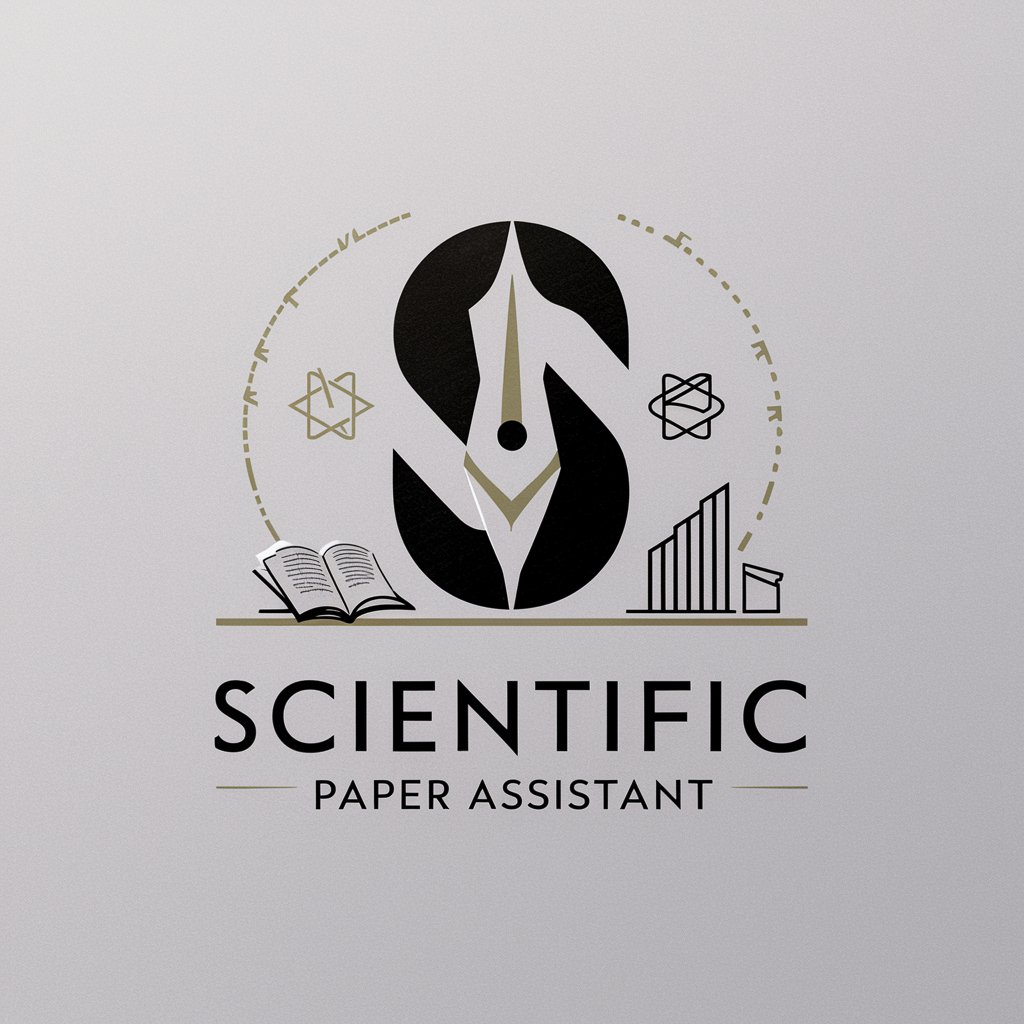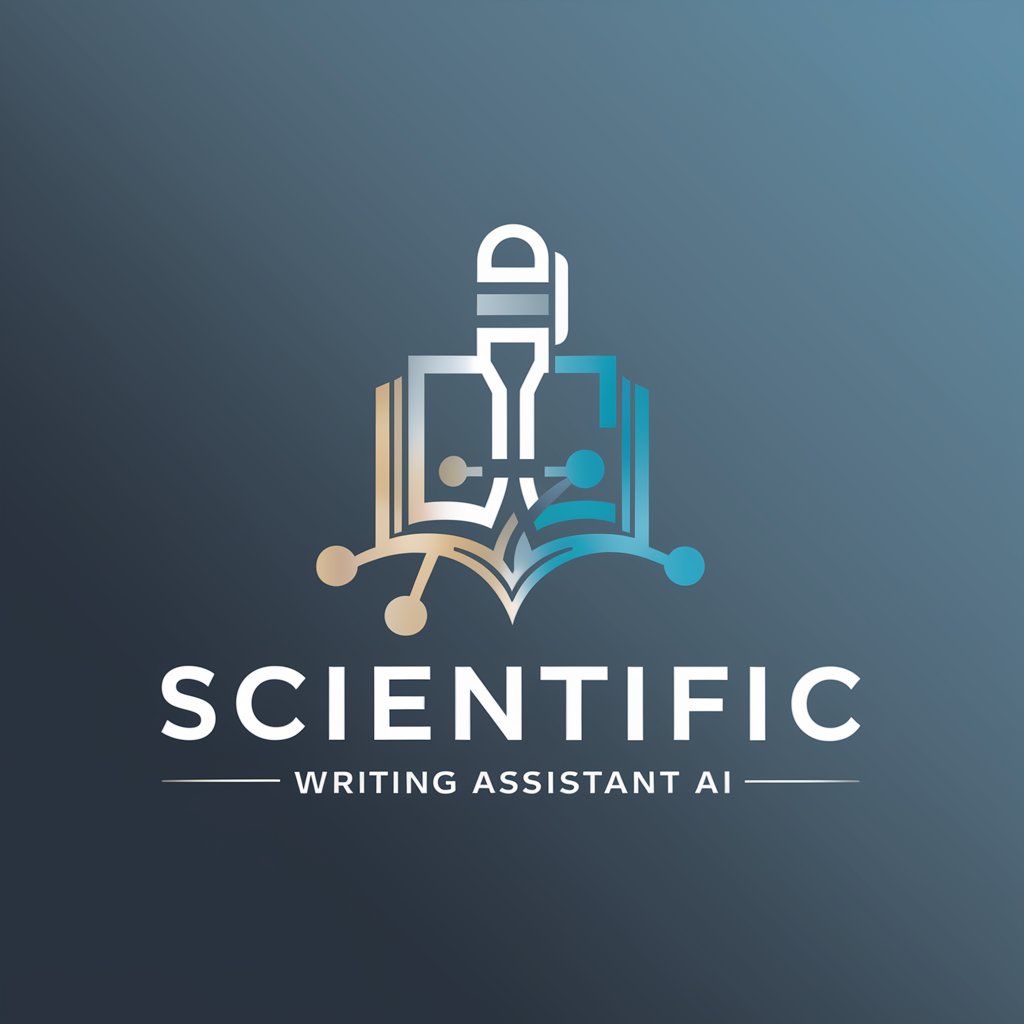Scientific Research Assistant - AI-powered research aid

Welcome! How can I assist with your scientific research today?
Empowering research with AI intelligence.
Can you summarize the main findings of this scientific paper?
What are the methodologies used in this research study?
Explain the hypothesis and objectives of this study.
Provide a detailed analysis of the results and conclusions of this paper.
Get Embed Code
Overview of Scientific Research Assistant
The Scientific Research Assistant is designed to offer comprehensive support in scientific research, leveraging advanced natural language processing (NLP) technologies. It specializes in extracting key information such as hypotheses, methods, results, and conclusions from scientific texts. By understanding and adapting to the specific terminology and writing styles of various scientific disciplines, this tool provides precise summaries and in-depth analyses. It recognizes and interprets keywords and concepts, offering a deeper understanding of the context, and can interactively present specific information from scientific papers, such as methodologies or main findings. Powered by ChatGPT-4o。

Core Functions of Scientific Research Assistant
Extraction and Summarization
Example
Extracting key points from a dense research paper to provide a concise summary.
Scenario
A user uploads a scientific article and requests a summary. The Assistant processes the text to present the study's hypothesis, methodology, results, and conclusion in a simplified, digestible format.
Terminology and Context Understanding
Example
Interpreting complex scientific terms and contextualizing them within the broader scope of the study.
Scenario
When a user inquires about a specific scientific concept, the Assistant not only defines it but also explains its relevance and application within the context of the user's research area.
Interactive Information Retrieval
Example
Focusing on specific sections of a paper, such as the results or discussion, upon user request.
Scenario
A user asks for detailed insights into the methodology of a study. The Assistant isolates this section from the rest of the document, providing an in-depth analysis and explanation.
Target User Groups for Scientific Research Assistant
Academic Researchers
These users can leverage the Assistant to streamline their literature review process, extract pertinent information from vast amounts of text, and stay updated on developments in their field.
Students
Students can use the Assistant to aid in understanding complex scientific materials, prepare for exams or research projects, and gain insights into specific topics relevant to their studies.
Science Communicators
Professionals in science communication can utilize the Assistant to distill complex research findings into more accessible language for public dissemination, enhancing public understanding of scientific advancements.

How to Use the Scientific Research Assistant
1
Begin by accessing yeschat.ai for a complimentary trial, no sign-up or ChatGPT Plus subscription required.
2
Identify the specific area or question you need assistance with. This could range from data analysis, literature review, to drafting or revising academic content.
3
Utilize the upload feature to share relevant documents or images that need analysis or interpretation. This can include PDFs, datasets, or figures.
4
Engage with the tool by asking specific questions or requesting tasks to be performed on the uploaded materials. Be as detailed as possible to get the most accurate assistance.
5
Review the generated responses and outputs. For complex tasks or further clarification, continue the dialogue with follow-up questions or requests for deeper analysis.
Try other advanced and practical GPTs
Advanced Scientific Article Reviewer
Elevate Your Research with AI-Powered Insights

Scientific Article Writer GPT
Enhancing your research writing with AI precision.

Scientific Explorer
Empowering discovery with AI-driven insights.

Scientific paper assistant
Elevate your research with AI-powered precision.

Scientific Editorial Assistant
Empowering Science with AI-Driven Editing

Specialized Scientific Translator
Translate scientific content with AI precision.

Scientific Article Summary
Empowering research with AI-driven insights.

Scientific Writing Assistant
Empower Your Research with AI

Scientific Paper Summarizer
AI-powered academic insights at your fingertips

Scientific Article Summarizer
Unlock insights with AI-powered summaries

Culture Compass
Navigating Cultures with AI

Culture Coder
Decoding culture, reshaping realities.

Detailed Q&A about Scientific Research Assistant
What types of documents can the Scientific Research Assistant analyze?
It can analyze a wide range of documents, including but not limited to PDFs, images, graphs, and tables, extracting and interpreting data for various academic and research purposes.
Can it assist with writing and revising academic papers?
Yes, it offers assistance in drafting, editing, and revising academic manuscripts, ensuring clarity, coherence, and adherence to specific formatting and style guides.
How does it help in literature review?
It aids in the literature review process by summarizing articles, identifying key studies, and highlighting relevant findings, methodologies, and gaps in the current research.
Is the tool capable of data analysis?
While it does not perform data analysis in the traditional sense, it can help interpret results, suggest statistical methods, and provide insights into data visualization techniques.
How does it maintain user privacy and data security?
It adheres to strict privacy policies to protect user data. Uploaded documents and interactions are handled securely, ensuring confidentiality and integrity.
